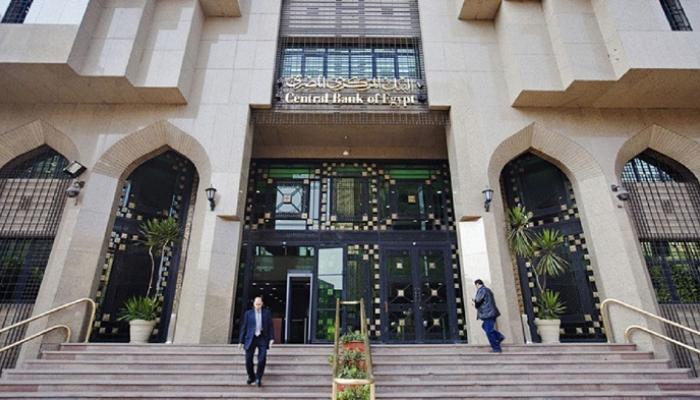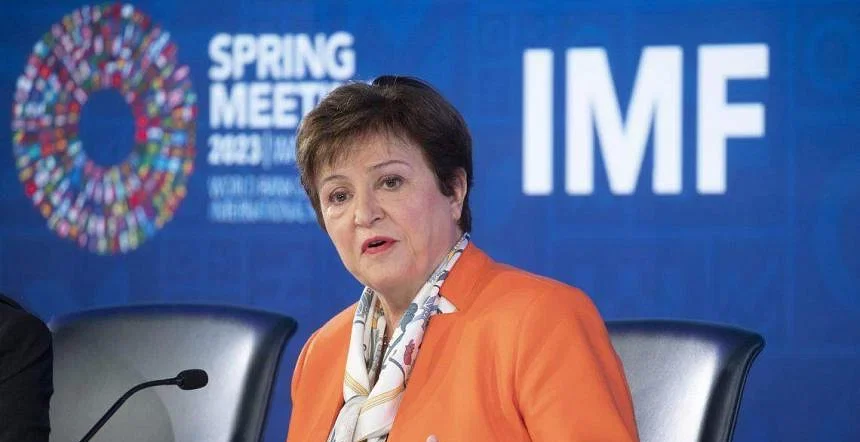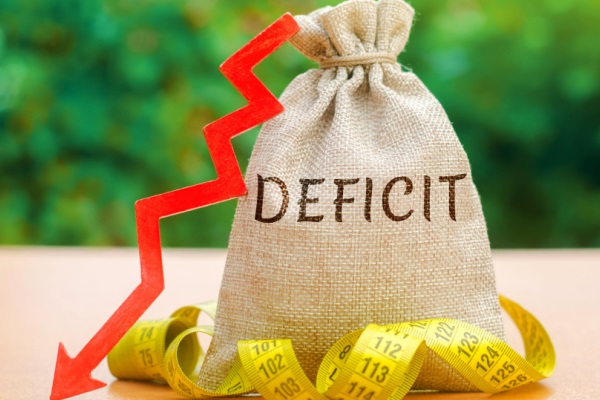Egypt’s international reserves soared to a record high of $46.125 billion in May, an increase of over $5 billion compared to the previous month’s level of $41.057 billion, data from the Central Bank of Egypt (CBE) showed.
Record-high reserves
Egypt’s international reserves hit their highest level since the onset of the COVID-19 pandemic in March 2020, reaching $46.125 billion in May 2024. This surpasses the previous peak seen in February 2020 at $45.5 billion. According to the CBE, these reserves are now sufficient to cover eight months of the country’s imports.
The surge in Egypt’s foreign reserves was primarily fueled by an increase in the volume of foreign currencies held, rising from $31.375 billion in April to $36.5 billion in May, marking a $5.18 billion uptick.
Additionally, the gold balances within the reserves rose from $9.384 billion in April to $9.557 billion in May, representing a $173 million increase. However, the special drawing rights component declined from $300 million to $12 million during the same period.
Ras El-Hikma deal
Egypt’s Prime Minister, Mostafa Madbouly, attributed the historic reserves to the government’s ongoing efforts to diversify foreign currency holdings. He revealed that in May, the Egyptian government received $14 billion from the United Arab Emirates, marking the second installment of the Ras El-Hikma deal.
Additionally, measures have been taken by the government and the Central Bank of Egypt (CBE) to convert a $6 billion UAE dollar deposit at the CBE into Egyptian currency, in collaboration with the Emirati side. The Ras El-Hikma deal involves converting $11 billion of the UAE’s deposits at the CBE into an investment fund earmarked for the project. This deal represents Egypt’s largest foreign direct investment agreement, with a total FDI of $35 billion.
What’s in Egypt’s foreign reserves?
Egypt’s foreign exchange reserves consist of a diverse mix of major international currencies, including the US dollar, European euro, British pound, Japanese yen, and Chinese yuan.
The allocation of these reserves is determined by exchange rates and the stability of these currencies in global markets, following a strategy devised by CBE officials.
The primary purpose of the foreign exchange reserve at the CBE, comprising both gold and international currency components, is to support vital imports, cover foreign debt payments and interest, and address economic crises during extraordinary circumstances, utilizing resources from sectors that generate hard currency.
The unprecedented surge in Egypt’s foreign reserves highlights the nation’s ongoing commitment to bolstering economic resilience and financial stability, positioning it to better navigate global economic challenges.
In addition to the foreign direct investment (FDI) inflows from the Ras El-Hikma deal, various international financial institutions and Egypt’s partners have pledged financing support for the country. The total value of these financial commitments approaches $57 billion.







